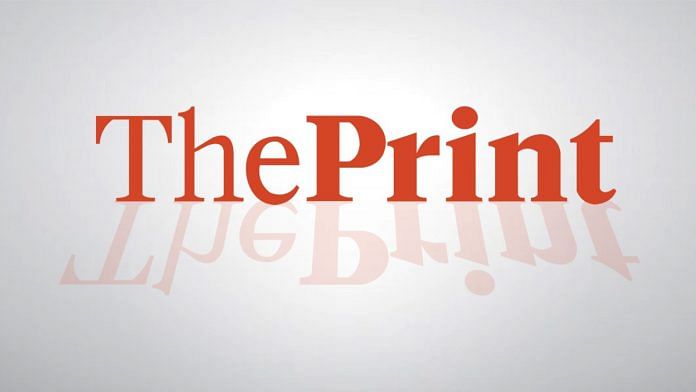Bengaluru, Nov 6 (PTI) ISRO chairman V Narayanan on Thursday said the space agency wants to transfer 50 per cent of the Polar Satellite Launch Vehicle (PSLV) development to the industry consortium.
Hailing the capability of the domestic aerospace, defence and engineering sector, Narayanan said they are already contributing almost 80 to 85 per cent of the systems for ISRO’s missions.
“Today, when you look at the PSLV, the workhorse of India, they (Indian consortium headed by HAL and L&T) have produced the first rocket. We are going to launch it before the end of this financial year, mostly by February,” the ISRO chief said during the India Manufacturing Show.
The 7th Edition of the India Manufacturing Show (IMS 2025) — India’s premier trade fair for the Aerospace, Defence, and General Engineering sectors has been organised at the Bangalore International Exhibition Centre (BIEC).
“Once we succeed in two launches (by Indian consortium), our plan is to give at least 50 per cent of the PSLV development directly to the Indian industry consortium,” Narayanan explained.
He noted that the Indian industry contributed 80 per cent of the CMS-03 mission, the heaviest communication satellite, “using the Bahubali rocket LMV3-M5.
“This mission is launched by ISRO. No doubt about it, but if you look at the contribution, almost 80 to 85 per cent systems were delivered by the entire industry. That’s the volume of the contribution by the Indian industries,” the ISRO chairperson said.
Reflecting on ISRO’s journey, he said the space agency successfully launched a US made tiny rocket from the Indian soil on November 21, 1963.
“From that humble beginning, July this year was another important occasion and milestone for ISRO. We launched the NASA and ISRO’s Synthetic Aperture Radar (NISAR) (spelt as NAISER) Satellite—a Rs 10,300 crore investment by JPL-NASA for making a payload and an antenna and a similar payload by India,” he said The entire NISAR satellite was built in India by the Indian industries and assembled in India and launched by an Indian rocket, he said.
Narayanan underlined that 80 per cent of the contribution to every rocket launched by ISRO is made by the Indian industry.
According to him, about 450 industries are contributing to ISRO’s missions. These industries got a big boost when the union government announced space sector reform.
“At that point in time, we hardly had a few startups, three to four, working for the space programmes in the country. Today, I am happy to inform that 330 plus startup ecosystem is working in the country,” he stated.
In addition, ISRO has transferred the technology for Small Satellite Launch Vehicle (SSLV) to HAL through a Rs 511 crore agreement, with plans to shift production of 16 SSLVs to private industries.
Recalling key achievements, Narayanan said India’s soft landing near the Moon’s South Pole on August 23, 2023, was a defining moment for global space science.
“India became the first country to achieve a successful landing near the lunar South Pole.” He also described the Mars Orbiter Mission (Mangalyaan) as a ‘marvel of precision’, saying, “The spacecraft travelled 600 million kilometres, and its engine restarted flawlessly after 295 days — a feat no other nation has achieved in its first attempt.” Narayanan also underlined India’s technological self-sufficiency in cryogenic engine technology, which was denied to India in the early 1990s.
“Today, we have developed three indigenous cryogenic propulsion systems. A country that once carried rocket parts on bicycles now builds world-class engines,” he added.
Marking another milestone, Narayanan said ISRO completed its 100th rocket launch on January 29, 2024, calling it “a golden chapter in India’s space history.” He also mentioned the recent development of a 32-bit indigenous computer processor, jointly built by HCL and ISRO, as a major step in achieving electronics independence.
India currently operates 56 satellites serving communication, navigation, and Earth observation needs, which will be scaled up to three to four times, the ISRO chief said adding that Prime Minister Narendra Modi has also set a goal to raise the number of annual launches from the current 10–12 to around 50 within five years. PTI GMS GMS ROH
This report is auto-generated from PTI news service. ThePrint holds no responsibility for its content.






